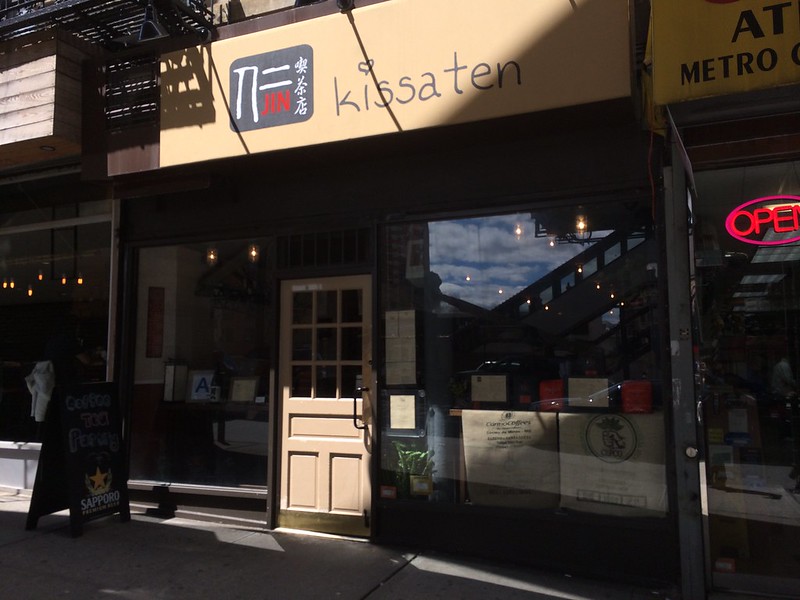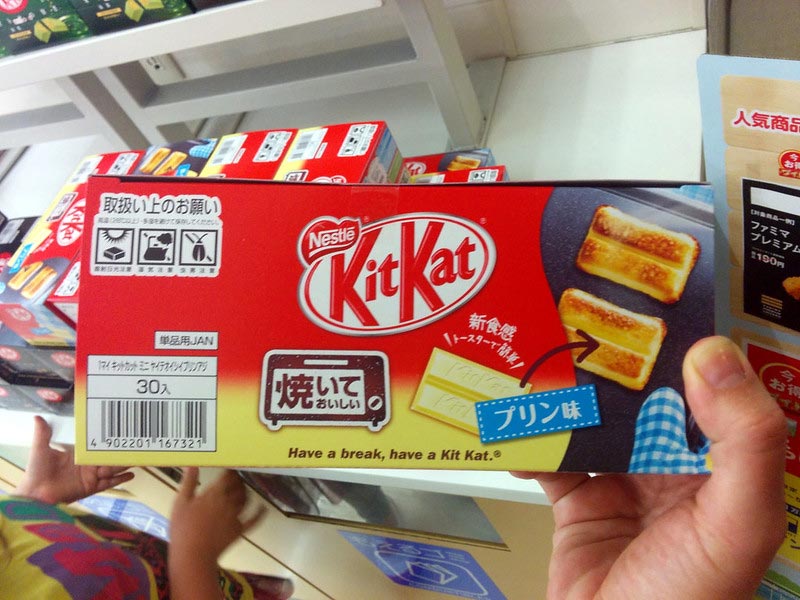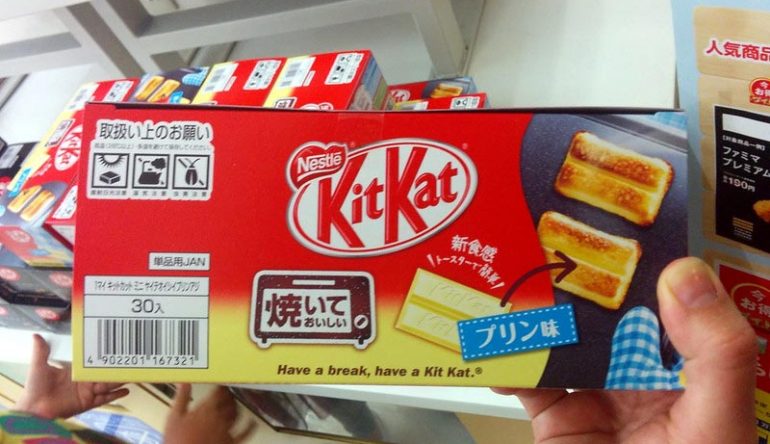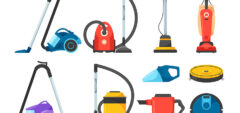According to Nestle, 94 billion cups of Nescafé are consumed each year, making Nescafé the most popular coffee in the world. Over 5,500 cups of Nescafé are drunk each second, and it is the most consumed drink after water. If you think these stats are unreal, wait till you hear the story about Nestle and how they succeeded in Japan.
Coffee in a kissaten
Coffee was first brought to Japan via Dutch trading ships in the 1800s. It gained in popularity when it started being served in a kissaten, the Japanese coffee shop. In a kissaten, you could grab a bite, relax and have something to drink, most often coffee or black tea. But coffee didn’t immediately become the most popular drink.

In the 1960s, Japan started being more open to the influences that came from over the seas. Canned coffee started being sold in vending machines in 1967, which largely contributed to the interest in coffee. In a country that is very work-oriented, being able to buy a to-go drink is ideal.
Today, Japan is the 3rd largest importer of coffee, at over 440,000 tons annually, with Nestle being the market share leader in instant coffee sales.
How did Nestle succeed in selling coffee to a tea oriented country?
The answer is quite unexpected and simple: sweets. In the 1970s, Nestle wondered how they would sell coffee in a tea-loving country. For help, they hired Clotaire Rapaille, a market researcher and psychologist. He concluded that to the Japanese, coffee wasn’t part of their culture and they had no ‘imprint’ on it.
What Nestle did was start adding coffee flavors to sweets and creating the ‘imprint’ people didn’t have, so they would start liking coffee and its taste from quite a young age. Weird? Yes. Successful? Undeniably.
KitKat’s success
As we already mentioned, Japan became more open to foreign culture and still is. So, when Nestle introduced KitKat to Japan, it was an instant hit.
In 2000, Nestle Japan introduced the KitKat strawberry flavor. Today there are over 350 different flavors, with Matcha Green Tea and red bean being one of the most popular, as they are part of the Japanese culture. But different flavors weren’t the only thing that made it successful.

In Japanese, the name KitKat was transliterated into ‘kitto katto’, which is very similar to the phrase ‘kitto katsu’. This phrase was many positive meanings, such as ‘never fail’ and ‘you will surely win’. Nestle used its brand name as a clever marketing strategy, so KitKat began being associated with good luck charms, and it became a popular gift especially for students around their exam periods. It is estimated that the Japanese consume 5 million KitKat bars daily.
As you can see, understanding culture is everything in the world of marketing, and KitKat’s success largely depended on this. But how did Nescafe succeed?
A Nescafe Ambassador
In 2012, Nestle Japan introduced the concept of the Nescafe Ambassador, a person in a workplace who has a passion for coffee and acts as an ‘in-office barista’. Offices with Nescafe Ambassadors were supplied with Nescafe coffee machines, and the Ambassadors made coffee and collected money for it from their colleagues.
What made this campaign work was not only the fact that good coffee started being available in the workplace, but it also gave people the opportunity to socialize. They got the chance to take coffee breaks together, talk and relax. Nescafe brought a sense of unity and friendliness in the workplace, where those two are often crucial for things to be done.
Robots and sleep cafes
In 2014, Nescafe started using a humanoid robot named Pepper to sell coffee machines to people in appliance stores. As the first robot in the world that is able to read and respond to human emotion, Pepper is also able to explain Nescafe products and services to consumers. This humanoid robot can also make coffee and place it on a serving tray. It instantly became a hit, which is understandable, everyone likes cute robots.

In 2015, Nestle introduced the Gold Blend Barista Machine, which quickly became the no.1 coffee machine in Japan. This machine makes 5 different types of coffee and made it possible for people to enjoy café-style coffee in the comfort of their own homes.
Using culture once again, Nestle realized that Japanese culture consists of hard work and overtime hours, and made a profit off of that. In February 2019, they opened a permanent sleep café in Tokyo, where you can nap and drink delicious coffee. They had other sleep cafes in Japan before, but they were only open on World Sleep Day, while this one is here to stay. You can choose to nap in a chair or sleep on a mattress, for a price, of course. You can get a regular coffee before your nap, or a decaf before you sleep.
Final thoughts
As you can see, Nestle has great ways of keeping people interested and intrigued. Combined with good coffee, they introduced a robot, coffee machines, sleep cafes, and over 300 types of KitKats.
By being familiar with Japanese culture, Nestle ensured each product and campaign was successful. Do you know any similar interesting stories? Share them in the comments!





